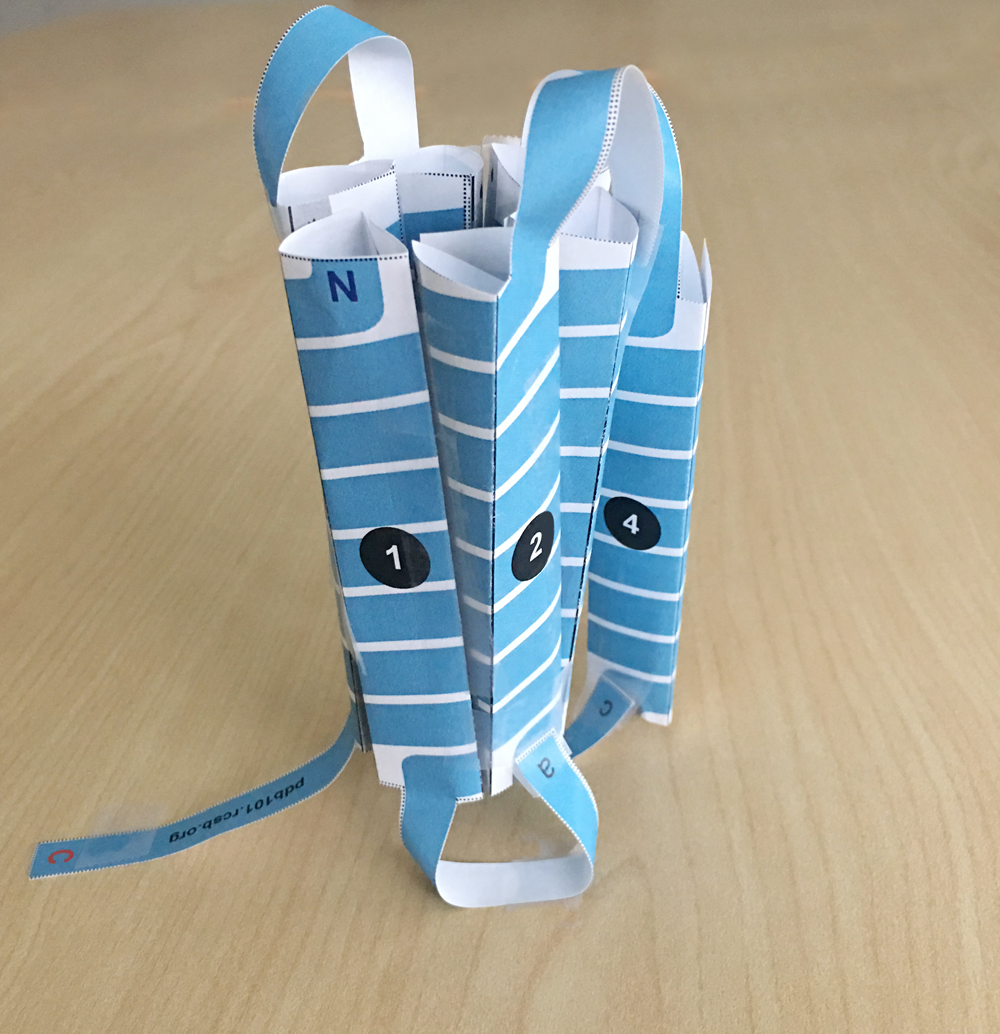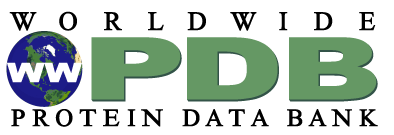Molecular Origami: Build a 3D Model of GPCR
12/03
GPCRs are a large family of membrane-embedded receptors, with structural features that have been preserved through the course of evolution. This model represents the shared structural features of all GPCRs. With the extracellular N-terminus, the protein chain folds to form a bundle of seven transmembrane alpha helices connected by 3 intracellular and 3 extracellular loops with the C-terminus reaching inside the cell.
On the extracellular side, the helices form a cavity where ligands (e.g. endorphins, morphine, serotonin) bind. On the intracellular side, the receptor is coupled to G protein. When the receptor is activated by a ligand, the G protein splits in two parts which then activate other proteins in the internal signal transduction pathways.
Examples of GPCRs are opioid receptors, rhodopsin, or adrenergic receptors.
To build the GPCR paper model, download and print the template PDF. An instructional video is available.
Use the PDB-101 Browser to explore more resources and articles related to Drugs and the Brain.
Past news and events have been reported at the RCSB PDB website and past Newsletters.




